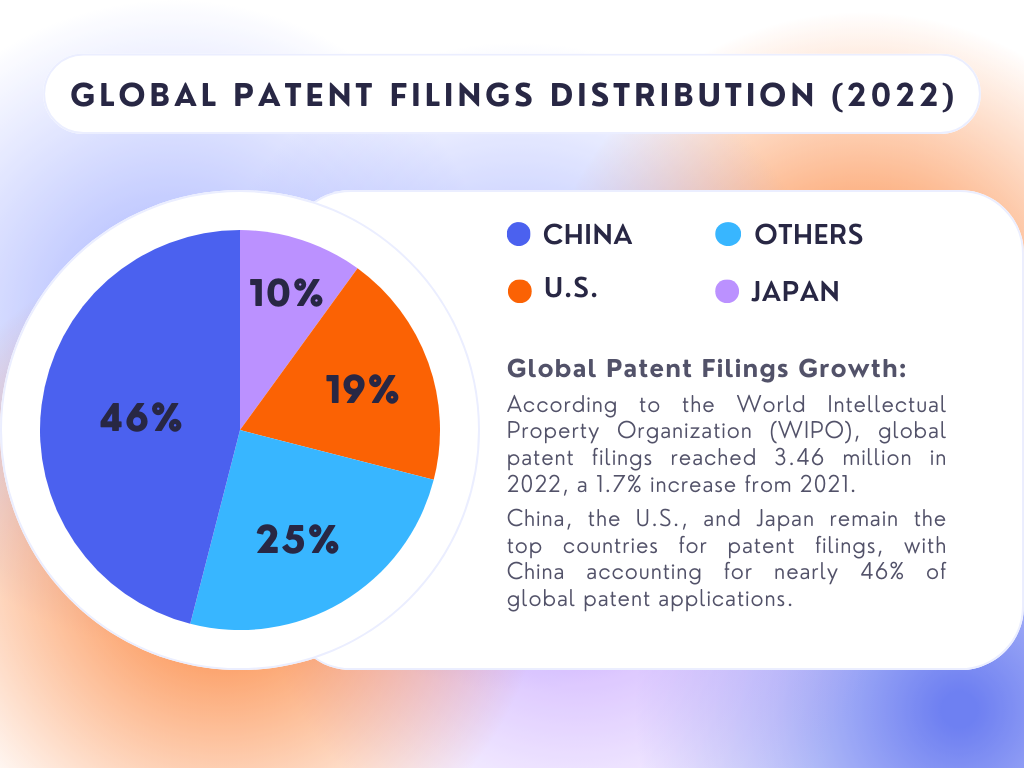
USPTO’s AI Initiatives:
- The USPTO has launched AI-powered tools like Patents 4.0 to help inventors and businesses conduct faster and more accurate patent searches.
- The agency is also exploring blockchain technology to improve patent data integrity and accessibility.
Google’s Patent Search Updates:
- Google Patents has integrated advanced machine learning algorithms to improve search accuracy and provide better visualization of patent landscapes.
- The platform now includes prior art citations and patent family trees for deeper analysis.